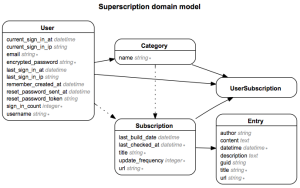I used to think of $ in regular expressions as matching the end of the string. I was wrong! It actually might do something more subtle than that, depending on what regex engine you're using. In my native Python's re module, $
[m]atches the end of the string or just before the newline at the end of the string, and in MULTILINE mode also matches before a newline.
Note! The end of the string, or just before the newline at the end of the string.
In [2]: my_regex = re.compile("foo$")
In [3]: my_regex.match("foo")
Out[3]: <_sre.SRE_Match object; span=(0, 3), match='foo'>
In [4]: my_regex.match("foo\n")
Out[4]: <_sre.SRE_Match object; span=(0, 3), match='foo'>I guess I can see the motivation—we often want to use the newline character as a terminator of lines (by definition) or files (by sacred tradition), without wanting to think of \n as really part of the content of interest—but the disjunctive behavior of $ can be a source of treacherous bugs in the fingers of misinformed programmers!
